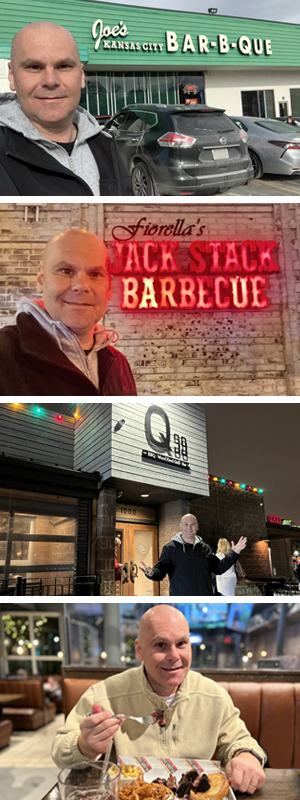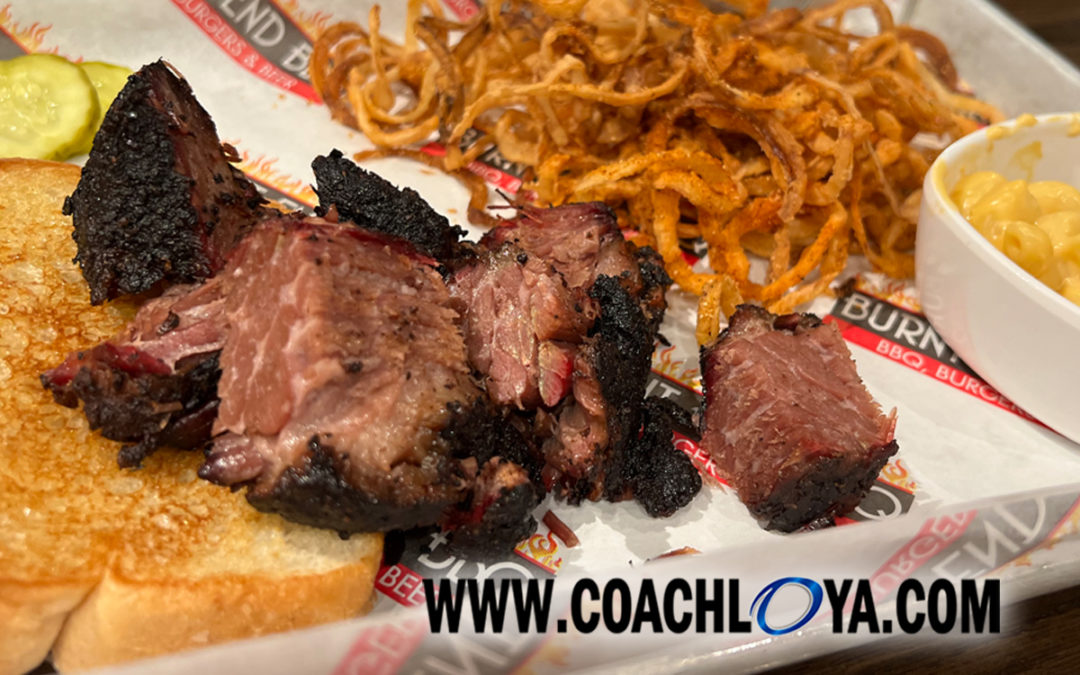If you’re a regular Teammate Tuesday reader, you’re likely aware of my fondness for barbeque. I’ve written about the “good teammate” lessons gained from my barbeque adventures in previous blogs.
Last week, I was at a convention in Kansas City—a place many consider to be the Mecca of the barbeque world.
Kansas City is home to more than one hundred mouth-watering barbeque joints. Their prominence is rooted in the city’s historical connection to the stockyards and meatpacking industry. Pitmasters have been perfecting their barbeque recipes in Kansas City since the early 1920s.
After the Kansas City Chiefs won Super Bowl LIV, head coach Andy Reid (a renowned barbeque connoisseur) mentioned in a post-game interview that he was looking forward to going home and eating some “burnt ends”—a local delicacy.
Burnt ends are the trimmed edges of brisket. When brisket is smoked, the fatty pieces around the outer edge tend to dry out and develop a hardened, bark-like texture.
Pitmasters used to discard these charred edges—mistakenly assuming that nobody would want to eat them. One day a Kansas City pitmaster named Arthur Bryant started handing out “burnt ends” as a snack to customers waiting on their orders.
Bryant’s customers fell in love with the intense smoky flavor. Burnt ends were a big hit and it wasn’t long before they became a staple of every barbeque joint in Kansas City. What were formerly thought of as worthless scraps have been transformed into the measure of quality barbeque.
Ever since watching that Andy Reid interview, I have been wanting to try real Kansas City burnt ends. I finally got the chance to do so last week, and they did not disappoint!
 I ate burnt ends at the original Joe’s Kansas City BBQ (a spot holder on Anthony Bourdain’s list of “13 Places to Eat Before You Die”). I ate burnt ends at Fiorella’s Jack Stack Barbecue (Andy Reid’s favorite barbeque spot). I ate burnt ends at Q39 (the place where Andy Reid dined immediately after winning Super Bowl LIV). I even ate them at a restaurant called Burnt End BBQ!
I ate burnt ends at the original Joe’s Kansas City BBQ (a spot holder on Anthony Bourdain’s list of “13 Places to Eat Before You Die”). I ate burnt ends at Fiorella’s Jack Stack Barbecue (Andy Reid’s favorite barbeque spot). I ate burnt ends at Q39 (the place where Andy Reid dined immediately after winning Super Bowl LIV). I even ate them at a restaurant called Burnt End BBQ!
The offerings at each were every bit as delicious as I anticipated.
So where’s the “good teammate” lesson in this story?
Sometimes we mistakenly assume team members to not be of value to the team because we view them from a misguided perspective. We gauge their merits based solely on traditional benchmarks instead of the potential advantage their uniqueness offers.
Before discarding them, it’s important to consider what’s behind our false assessments.
Maybe they’ve been placed in the wrong position or assigned the wrong role. Maybe the team isn’t tapping into their true talents. Maybe the team needs to alter its strategies around their talents, instead of expecting it to be the other way around.
A simple adjustment can lead to a dramatic difference in how these team members are perceived.
Like burnt ends, all some teammates need to be transformed into a bigger contributor is an opportunity to showcase their merits from a different perspective. Providing them with that opportunity is a good teammate move worth pursuing—and one that will also not disappoint.
As always…Good teammates care. Good teammates share. Good teammates listen. Go be a good teammate.





